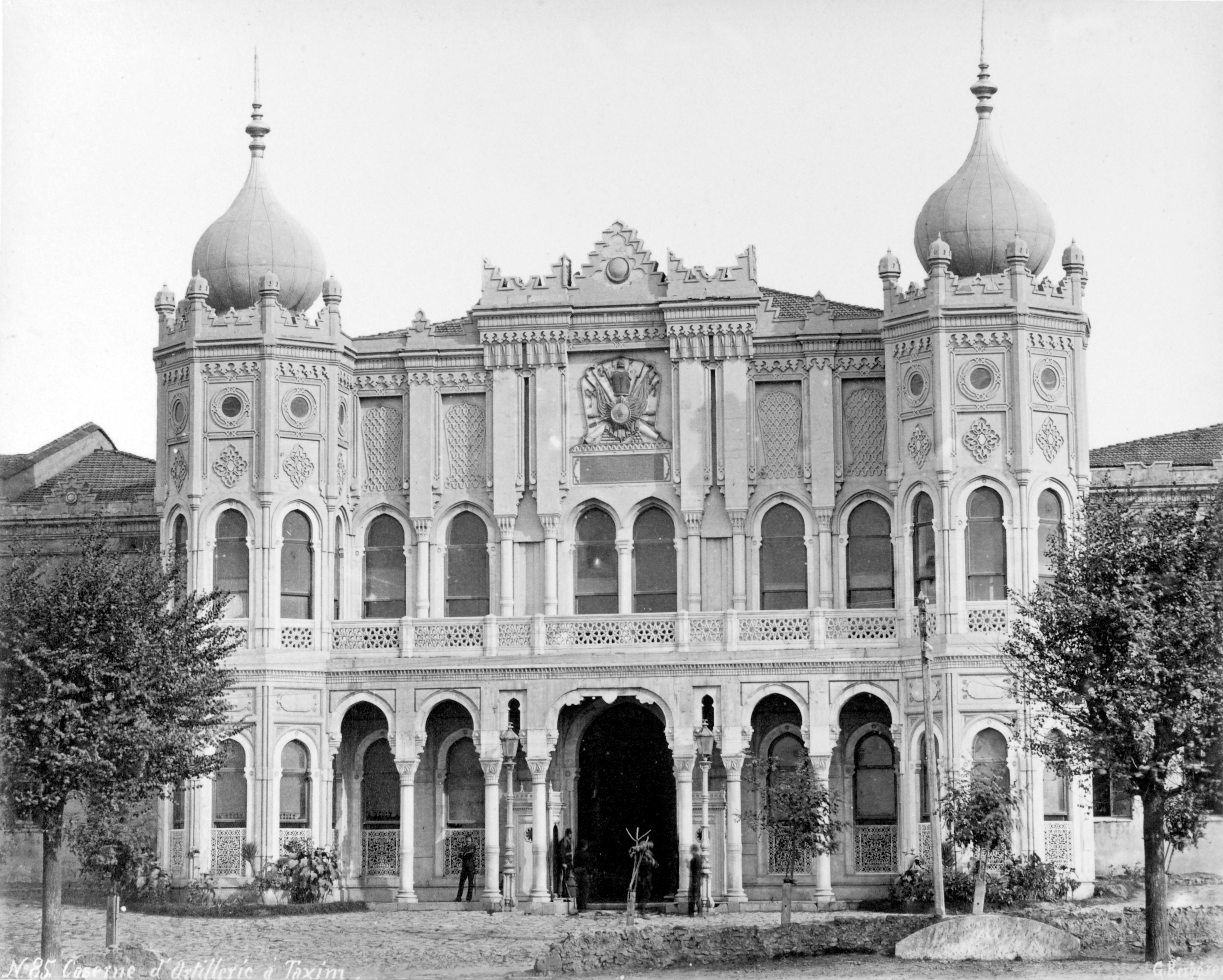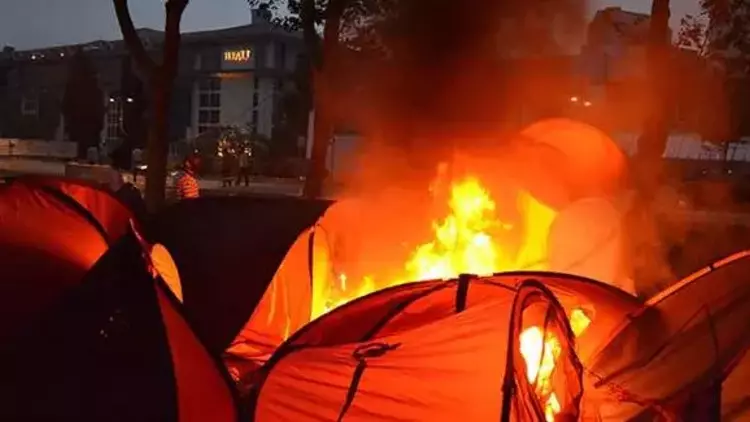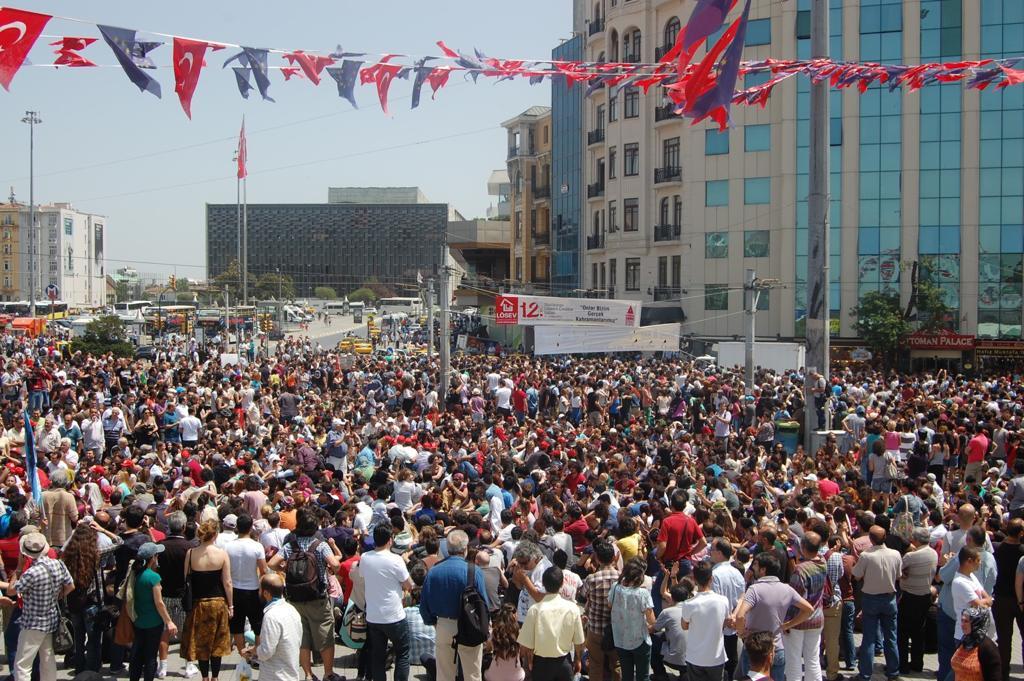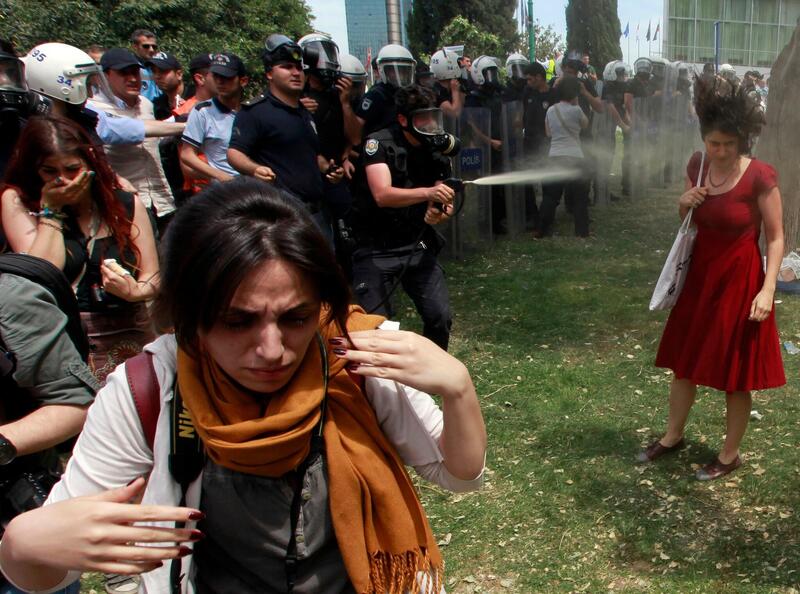How did Gezi protests begin?

Taksim Gezi Parkı (Taksim Strolling Park) is an urban park in Istanbul's Taksim district. Its construction was completed in 1943 as part of the first republican-era city plans for Istanbul. Previous structures on the area, including the Pangaltı Armenian Cemetery and the heavily-damaged Halil Pasha Artillery Barracks, were demolished for the park's construction.
The protests began in reaction to redevelopment plans which have envisioned demolishing large parts of Gezi Park to build a replica of the historical Artillery Barracks. The replica would house a shopping mall und luxury apartments. The plans created a large controversy, driven first and foremost by environmental concerns. The park was seen as "one of the very last green, public spaces in the heavily urbanised centre of Istanbul". Furthermore, the project was associated with the neoliberal and neo-Ottomanist policies of the governing AKP.


On May 27, 2013, a few dozen protestors set up tents in Gezi Park and started an occupation to prevent trees from being cut down and bulldozers from entering the site. The occupation was met with regular violence by police forces to try to disperse the protestors.
Four days after the start of the occupation, at dawn on May 31, police set protesters' tents on fire and evicted the park using tear gas and water cannons. Protesters moved to the adjacent Taksim Square.

Videos of the police brutality and calls to action on social media drew tens of thousands of people to Taksim Square by the evening of May 31. With continuing police violence and a growing resistance movement, millions of people would join them in Taksim and throughout Turkey in the following weeks
